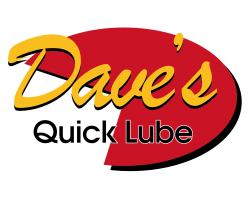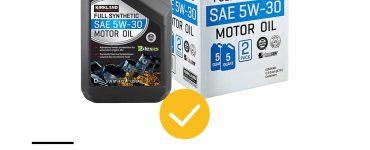If you’re in the market for a powerful engine for your car or truck, the Ford 5.4 L Triton might be just what you need. This engine is known for its power and reliability, and it’s one of Ford’s most popular options. In this article, we’ll take a closer look at the Ford 5.4 L Triton engine and what makes it so special. We’ll also explore some of the pros and cons of this engine so that you can make an informed decision if it’s the right choice for you.
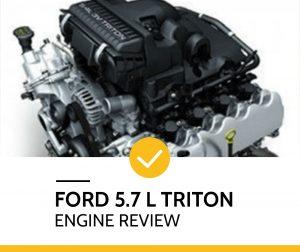
Ford 5.4 L Triton Engine Review [hide]
Ford 5.4 L Triton Engine Specs
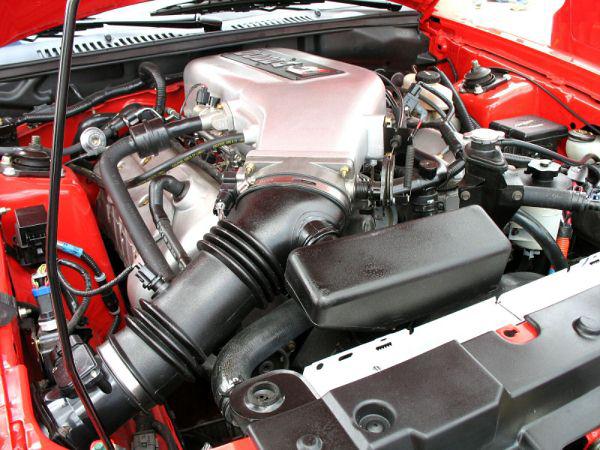
The Ford 5.4 L Triton engine is a V8 engine that was first produced in 1997. It has been used in a variety of Ford vehicles, including the F-150, the Crown Victoria, and the Mustang. The engine has been praised for its power and durability, and it has become a popular choice for drivers looking for an affordable and reliable option. Let’s take a closer look at the Ford 5.4 L Triton engine and highlight some of its key features.
5.4 Triton Engine Overview
The 5.4 L Triton V-8 engine is a gasoline powered, overhead valve engine that has been produced by Ford Motor Company since 1996 in both 3-valve and 4-valve versions. The engines were designed by the same team of engineers who designed the “Modular” 4.6 L and 5.0 L V-8 engines.
The 5.4 L Triton engine has been used in a variety of Ford vehicles, including the F-150 pickup truck, E-Series van, and Crown Victoria sedan. The engine is also used as the basis for the 6.8 L V-10 engine that is used in the Ford Super Duty trucks and E-Series vans.
The 5.4 L Triton uses a cast iron engine block with 4-bolt mains, with cast aluminum alloy heads. The 5.4 L engine utilizes SOHC (Single OverHead Camshaft) valvetrain actuating hydraulic lifters, which are used in all modern overhead valve engines.
The 5.4 L Triton engine is available in both a flex fuel version that can run on either gasoline or E85 ethanol, and a CNG (Compressed Natural Gas) version. The CNG version features hardened valves and seats to withstand the increased wear that is caused by the use of CNG.
5.4 Triton Engine Key Features
The Ford 5.4 L Triton V-8 engine is a high-performance, gasoline-powered engine that features advanced engineering and design features that help it to deliver excellent performance and fuel economy. Some of the key features of this engine include:
- Durability: The 5.4 L Triton V8 is a tough and able engine and is designed with long-term durability in mind – with features such as high strength cast iron block, forged steel crankshaft and heavy-duty 7200 psi (48 MPa) cylinder head bolts.
- Improved Fuel Economy: A positive step toward meeting customer’s needs for improved fuel economy without sacrificing the capability their truck customers expect from Ford trucks.
- Power: Specific power output of 85 hp/liter (182 hp per liter), which makes the most of horsepower to improve torque and overall performance. This also earns it status as one of the world’s most powerful engines – powering some models to speeds of 165 mph*.
- Low Emissions: The 5.4 L Triton engine meets 2007 emissions requirements well in advance, with emissions levels 75% lower than the engine it replaces.
The 5.4 L Triton V8 is a key part of Ford’s strategy to improve fuel economy across its truck lineup. With the addition of this engine, Ford now offers six engine choices – three gasoline and three diesel – for its North American pickup trucks.
5.4 Triton Engine Horsepower
The Ford 5.4 L Triton engine is a powerful V8 engine that offers excellent performance and fuel economy. Producing 300 horsepower and 365 lb-ft of torque, this engine is perfect for towing or hauling heavy loads. It also features advanced technologies such as variable cam timing and four-valve heads that help optimize performance and fuel economy.
The 5.4 L Triton engine is available in both regular and extended cab versions of the Ford F-150 pickup truck. It can also be found in the Ford Expedition SUV and the Lincoln Navigator SUV. If you need a powerful engine that delivers good fuel economy, the 5.4 L Triton is a great choice.
If you are looking for more power or better fuel economy, consider the supercharged 5.4 L Triton S/C engine option. This engine is equipped with a Roots-type supercharger that helps deliver an impressive 365 horsepower and 380 lb-ft of torque to the rear wheels through a six-speed automatic transmission.
The Ford 5.4 L Triton V8 is also available in two other powerful forms: the naturally aspirated 5.4 L Triton V8 and the supercharged 5.4 L Triton S/C. The naturally aspirated engine produces 305 horsepower while achieving up to 18 mpg on highways and 15 mpg in cities when used with a four-wheel drive system. If you need more power and torque, the supercharged 5.4 L Triton S/C engine is a great choice, delivering 365 horsepower and 380 lb-ft of torque. Both engines are paired with a six-speed automatic transmission.
The Ford 5.4 L Triton V8 engine offers excellent performance and fuel economy for those who need a powerful truck or SUV. With its advanced technologies and powerful options, the 5.4 L Triton is perfect for towing or hauling heavy loads.
5.4 Triton Engine Oil Viscosity
When you are looking at changing your 5.4 Triton engine oil, the first thing you need to check is the viscosity. This is important because it affects how well your engine can transfer power from its pistons to the drive wheels of your vehicle. Your owner’s manual will have guidelines for what viscosity of oil should be used in your engine. For instance, Ford recommends that drivers use 5W-20 or 5W-30 oil in their engines with a high mileage warranty (a warranty that protects you after 100,000 miles). If these recommendations aren’t followed, then this could cause damage to the internals of the engine and void the warranty on older vehicles.
Another thing to have in mind when choosing a viscosity of oil is the weather conditions. For instance, if you live in a place that has very cold winters and hot summers, then using a lighter viscosity oil will give you better gas mileage because it will flow more easily through the engine.
5.4 Triton Engine Oil Capacity
The Ford 5.4 L Triton engine is a V8 engine that was first used in the 1997 F-150. The engine is still in use today and has been used in a variety of Ford vehicles. The engine has a displacement of 5.4 liters and features 32 valves. It is a SOHC (single overhead cam) design and produces excellent performance and fuel economy.
One of the best features of the 5.4 Triton engine is its oil capacity. The engine holds 8 quarts (7.6 liters) of oil, which is more than most other engines of this size. This means that the engine can run for longer periods between oil changes, which can save you time and money.
If you are looking for a powerful and reliable engine, the 5.4 Triton may be the perfect choice for you. Thanks to its high oil capacity, this engine can provide you with long-lasting performance and efficiency. So, if you are in the market for a new vehicle, be sure to consider the Ford 5.4 L Triton engine. It may just be the perfect fit for you.
Best Oil for 5.4 Triton Engine

Including the filter, the crankcase holds 7 quarts of oil. Ford recommends using synthetic blend oil with a weight of 5W-20. When it comes to picking a brand, nearly any brand of oil will do as long as it’s the correct weight; however, Ford does prefer that its customers use the Motorcraft brand of oil. But car owners often use other trusted brands.
Ford models using 5.4 L Triton Engine
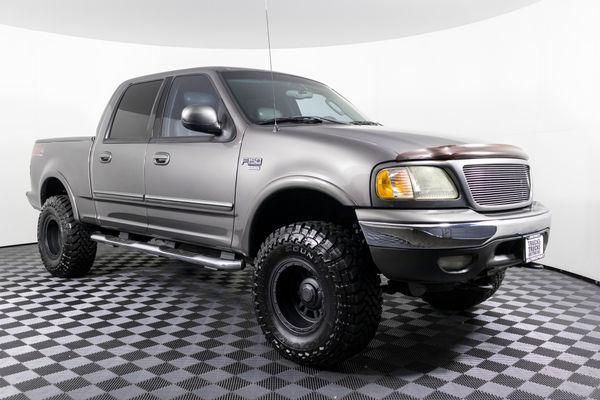
Ford introduced its 5.4 liter Triton engine to replace the 5.0 liter V8 that had been used in many Ford Superduty trucks since 1993. The new model offers similar power, but with better fuel economy and emissions standards compliance, leading to improved all-around performance of the vehicle it is installed in. This article will review some basic information about this engine so consumers can be informed before they purchase a Ford product involved with the 5.4 L Triton Engine .
Ford introduced its Triton engine for 2001 F250, F350, F450, and F550 Superduty models as part of their “Powerstroke” line up of engines powered by diesel fuel rather than gasoline. Many citizens are not pleased with this as they feel that diesel fuel is more expensive and environmentally harmful (diesel engines put out much higher levels of the pollutants nitrogen oxide and particulate matter, as well as producing large amounts of carbon dioxide which contributes to global warming).
Ford’s use of the Triton engine has been quite popular despite these concerns. The company claims that its own testing shows that it performs with equal or better power while using 7-15% less fuel over their previous gasoline V8 . This claim has been supported by at least one consumer organization which found most Ford trucks equipped with the 5.4 liter Triton engine were able to deliver almost 25% better mileage in real world testing than Ford claimed in official EPA test results. One drawback of this new engine is its increased cost. It retails for $1500-$2000 more than the V8 it replaced.
The Triton is a 5.4-liter naturally aspirated V8 engine from Ford Motor used to power full-size trucks and sport utility vehicles like the Ford F-150, Ford F-Series, Ford Expedition, Ford E-Series, Lincoln Navigator, Lincoln Mark LT, Ford Fairlane G8, Ford LTD, Ford Falcon, Ford Futura, Ford Fairmont /Ghia.
Ford 5.4 L Triton Engine life expancy
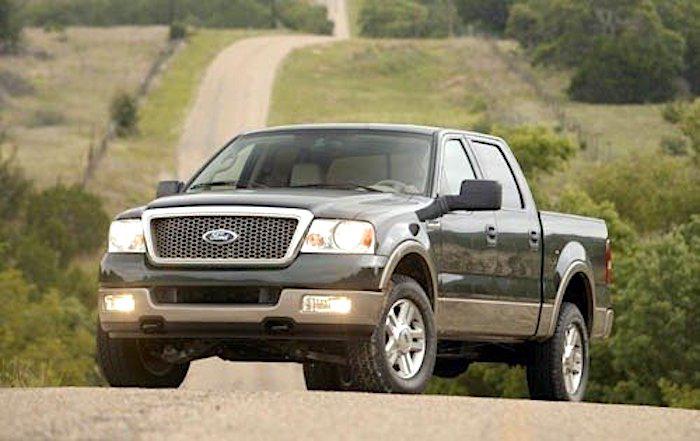
Ford’s 5.4 liter Triton V8 engine was introduced in the 1997 F-150 and a year later in the Super Duty Series trucks, Expanding on Ford’s long-standing reputation for durability and innovation, this latest power plant features a single overhead cam that has been dubbed “modular”.
The Ford 5.4 engine has been known to last between 150,000 and 300 thousand miles with proper care but this mileage will vary depending on maintenance and other factors such as what type of environment you drive in . With a well cared for example like this one some engines can go up past 450-500k on average! Of course, this varies depending on use, abuse, and maintenance.
One of the main benefits of the 5.4 modular engine is that replacement parts are readily available at most local auto parts stores. So if you do happen to need a new cam or other part, it won’t be difficult to track one down. The engine is also backed by a generous 3-year/36,000 mile warranty from Ford.
So if you’re looking for an engine that will last the long haul, the Ford 5.4 L Triton V8 is a great option. It’s powerful, efficient, and easy to maintain – perfect for drivers who want quality without compromise.
Common Issues with 5.4 Triton Engine
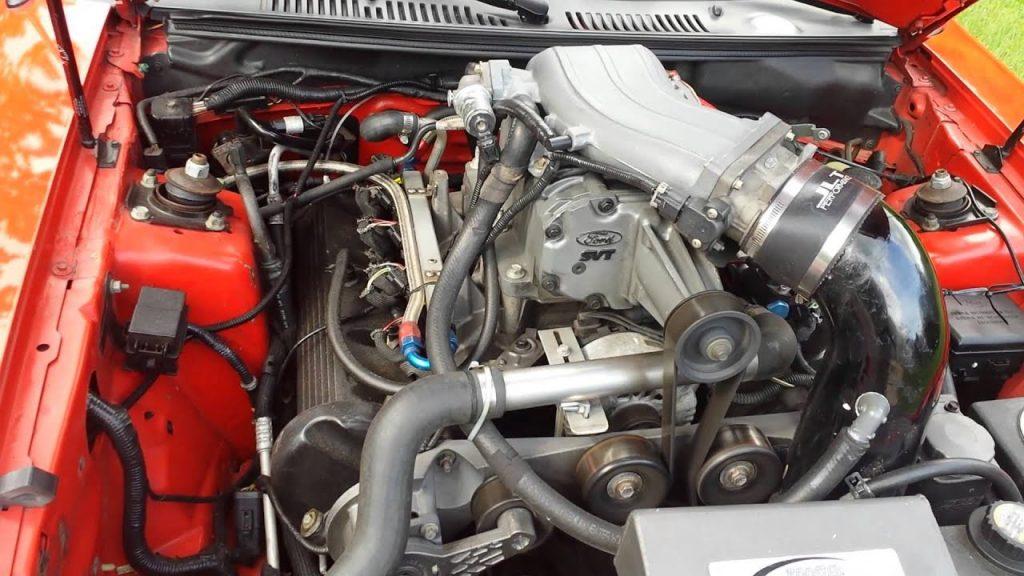
The Ford 5.4 L Triton engine is a V8 engine that has been used in various Ford vehicles over the years. While it’s generally a reliable engine, there are some common issues that can occur.
- Spark plug fouling is one of the most common issues with the 5.4 L Triton engine. This can be caused by a number of factors, such as using the wrong type of fuel or oil, or running the engine at too high of a RPM. If left untreated, spark plug fouling can lead to a number of other problems, including decreased performance, reduced fuel economy, and even engine damage.
- Coil pack failure is another common problem with the 5.4 L Triton engine. This can be caused by a number of different factors, including high engine temperatures and faulty ignition coils. Many times the spark plugs will be affected by this problem as well, causing a misfire that can usually be detected using a diagnostic code reader or with a visual inspection. If the coil pack is not replaced in a timely manner it may lead to other problems such as an overheated catalytic converter.
- Low compression is another common problem with the 5.4 L Triton engine. This can be caused by many different issues, including defective piston rings. Once low compression has been detected it should immediately be serviced before further problems arise; otherwise additional damage may result to other components within the engine, leading to even expensive repairs later on down the road.
If you are experiencing any of these common problems with your Ford 5.4 L Triton engine, it is always best to have them serviced by a qualified technician as soon as possible. Ignoring the issue can often lead to more severe damage and even complete engine failure. Taking care of the problem right away can help ensure that your engine is running smoothly and without any major issues.
Ford 5.4 L Triton Engine Location
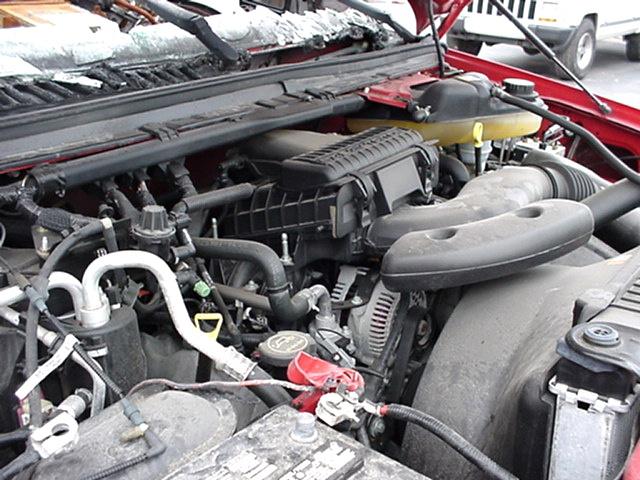
Ford 5.4 L Triton Engine Location is an issue that many people do not think about until they need to change the engine or replace it. This information is helpful if your engine was recently changed and you need to identify where this 5.4L Triton Engine Location is located in your car, which will contain all of the components such as spark plugs. It also helps if you happen upon a used Ford car with this model engine and wish to look at the layout before purchase. All owners should be aware of where their vehicle’s Triton Engine is located because it can become important when performing routine maintenance tasks on their own cars.
Replacing Ford 5.4 L Triton Engine
Ford 5.4 L Triton engines are known for their reliability and durability. However, if your engine needs to be replaced, there are a few things you should know.
- The first step is finding a replacement engine. There are many places where you can find engines, but it’s important to choose a reputable source. Make sure the engine is compatible with your vehicle.
- The next step is removing the old engine. This can be a daunting task, but it’s important to take your time and follow the instructions carefully. Be sure to use the right tools and protect your hands and eyes.
- Once the old engine is out, installation of the new one is pretty straightforward. Just be sure to follow the instructions carefully. You may want to have a professional install the engine for you.
Ford 5.4 L Triton engines are known for their reliability and durability. If your engine needs to be replaced, it’s important to choose a reputable source and follow the instructions carefully. Replacing an engine can be a daunting task, but it’s important to take your time and use the right tools. Once the old engine is out, installation of the new one is pretty straightforward – just be sure to follow the instructions carefully. Having a professional install the engine for you is always a good idea. For more information, contact a local Ford dealership.
